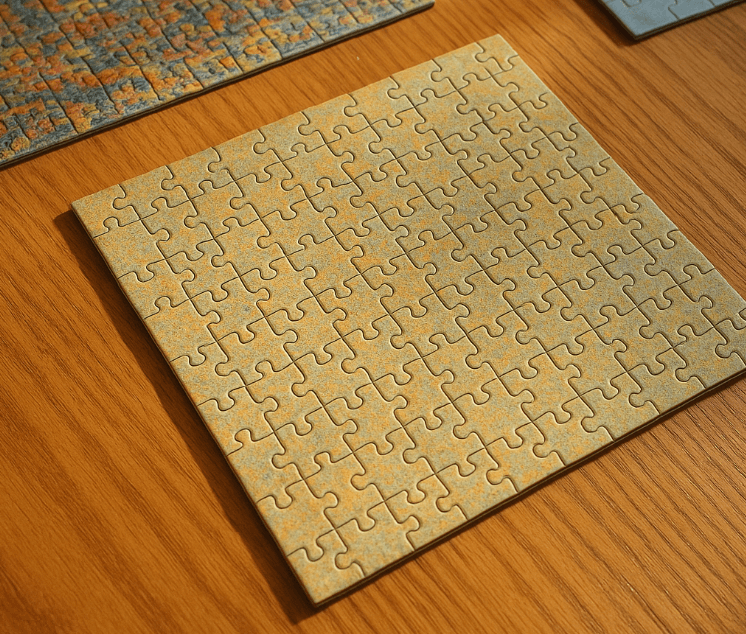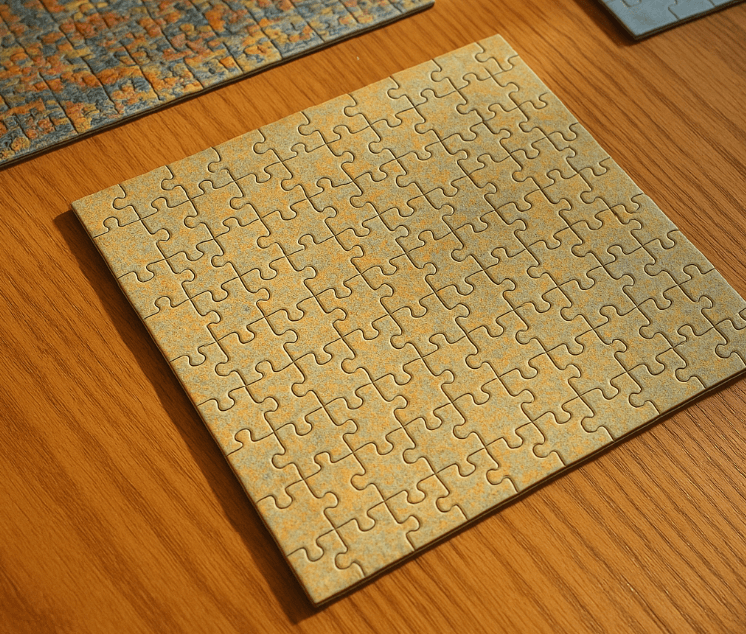In HTML, elements are categorized as either block-level or inline, based on how they are rendered in the browser.
-
Block-level elements: These elements take up the full width available, regardless of their content, and start on a new line. Examples include
<div>,<h1>to<h6>,<p>, and<section>. Block-level elements are typically used for larger sections of content. -
Inline elements: These elements only take up as much width as necessary and do not start on a new line. Examples include
<span>,<a>,<em>, and<strong>. Inline elements are usually used for smaller bits of content within block-level elements.
The key difference lies in their behavior and usage in layout. Block-level elements are used to structure the main parts of a webpage, while inline elements are used for finer-grained control over text and small content fragments.



